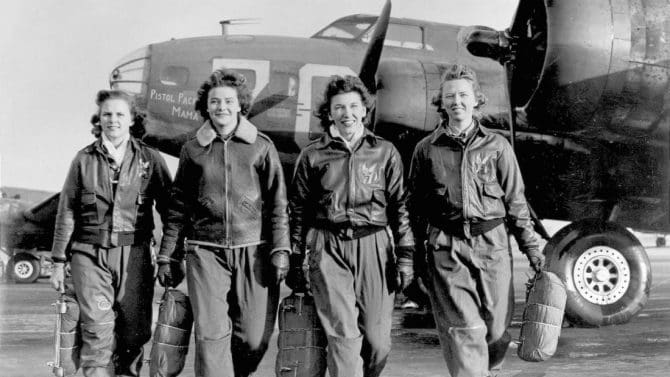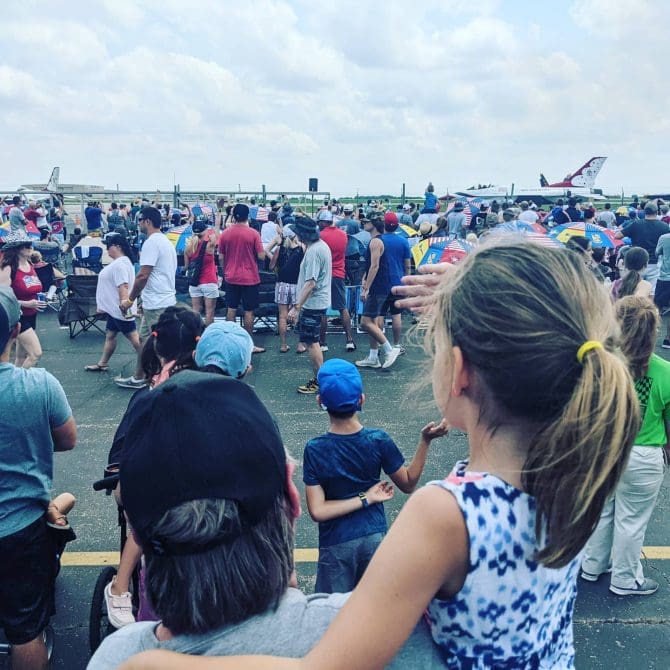My Dad always told me I could be anything I wanted to be, but like a lot of parents he seemed to have something specific in mind. He first acquired his pilot's license in 1977 and by time I was born a decade later, he was well and truly in love with the wild blue yonder. I grew up on stories and lessons of flight. He shared his passion with me, not-so-secretly dreaming that I would shoot for the stars and fly space shuttles for NASA. And while I was never bit by the aviation bug, and the stars for me turned out to be librarianship and not astrophysics, the history and culture around flight have always fascinated me.
That explains the draw of Maggie Shipstead’s recent historical fiction triumph, Great Circle. This very dense but compulsively readable novel tells the story of Marian Graves, an Amelia Earhart-esque lady adventurer/pilot who grew up in Prohibition Era Montana. Although Marian is a purely fictional character, she jumped off the page and into life like few protagonists I’ve met before. Not only her, but secondary characters like her twin brother Jamie, her uncle Wallace, her domineering husband, her lovers, her friends...they all held me in thrall for 500+ pages.
We follow her journey from childhood to her mysterious disappearance on a historic pole-to-pole flight and it is fraught with the patriarchy standing stubbornly in her way. From even having the opportunity to learn to fly to securing the funds to embark on her record breaking and ultimately catastrophic flight, Marian had to fight tooth and nail to do what she was born to do. This is never more evident within the story than at the height of World War II.
At this pivotal time during the war, the US and its allies were really hurting for pilots. Out of pure desperation, a handful of civilian organizations heeded the call. Among these were the WASPs, or Women Airforce Service Pilots based in the US, and the ATA, or Air Transport Auxiliary out of Britain. Both of these groups recruited and trained women to fly all sorts of different aircraft, for all sorts of non-combat related purposes, to free up the menfolk to fight. In the ATA, the female pilots were endearingly nicknamed "Attagirls", but despite the positive press and public support, their service was highly controversial.
Our heroine Marian Graves joins the ATA at the behest of one Jacqueline Cochran, who in real life is credited with recruiting 24 American women to fly for the organization. Cochran served in this role for the ATA before writing to Eleanor Roosevelt in 1939 that female pilots were the answer to the US military's significant pilot problem. And after years of convincing high ranking military officials of their obvious usefulness, WASP was officially formed in August of 1943 with Cochran as their rightful leader.
Many other civilian women-led organizations popped up over the course of the war, including the Women's Army Auxiliary Core (WAAC), Women Accepted for Volunteer Emergency Service (WAVES), Women’s Auxiliary Ferrying Squadron (WAFS), and others representing all branches of the military. But it wasn't until three years after WWII, in 1948, that President Truman signed into law the Women's Armed Forces Integration Act which allowed women to become full, permanent members of all branches of the US armed forces.
From there it was still an uphill climb, of course. There have been many firsts for military women over the decades, particularly in the 80s and 90s, which saw the first woman to become a Navy fighter pilot, the first female to become a four star general in the Army, and the first female rescue swimmer in the Coast Guard.
(I was motivated to learn and retain all of this history thanks to a powerful, engaging character in a work of fiction. That is the power of story.)
On the 4th of July this year I went with my kids and my aviator Dad to the KC Air Show held at the New Century AirCenter. This was a rare "double feature" where the Air Force's Thunderbirds and the Navy's Blue Angels both flew. The pilots on these squadrons are the best of the best, they are chosen based on experience, merit, and the nomination of their peers. As I watched, I thought of the two women among them. Currently, Major Michelle Curran flies Lead Solo for the Thunderbirds and Katlin Forster flies and serves as the events coordinator for the Blue Angels. Both have a decorated military career behind and ahead of them.
Sometimes saying, "My, how things have changed," just doesn't cut it. All of the examples in history, including the example set by the ATA, the WASPS, Cochran and so many others, have shown us that change doesn't just happen. Everyone should recognize the agency our foremothers took, the opportunities they demanded we have. And be inspired, as I have been.
"Let the generations know that women in uniform also guaranteed their freedom. That our resolve was just as great as the brave men who stood among us, and with our victory our hearts were just as full and beat just as fast...that the tears fell just as hard for those we left behind." - Anne Sosh Brehm, 1st Lieutenant, US Army Nurse Corps, World War II
-Leah Newton is a Readers' Services Assistant at Lawrence Public Library.





Add a comment to: The Sky is the Limit